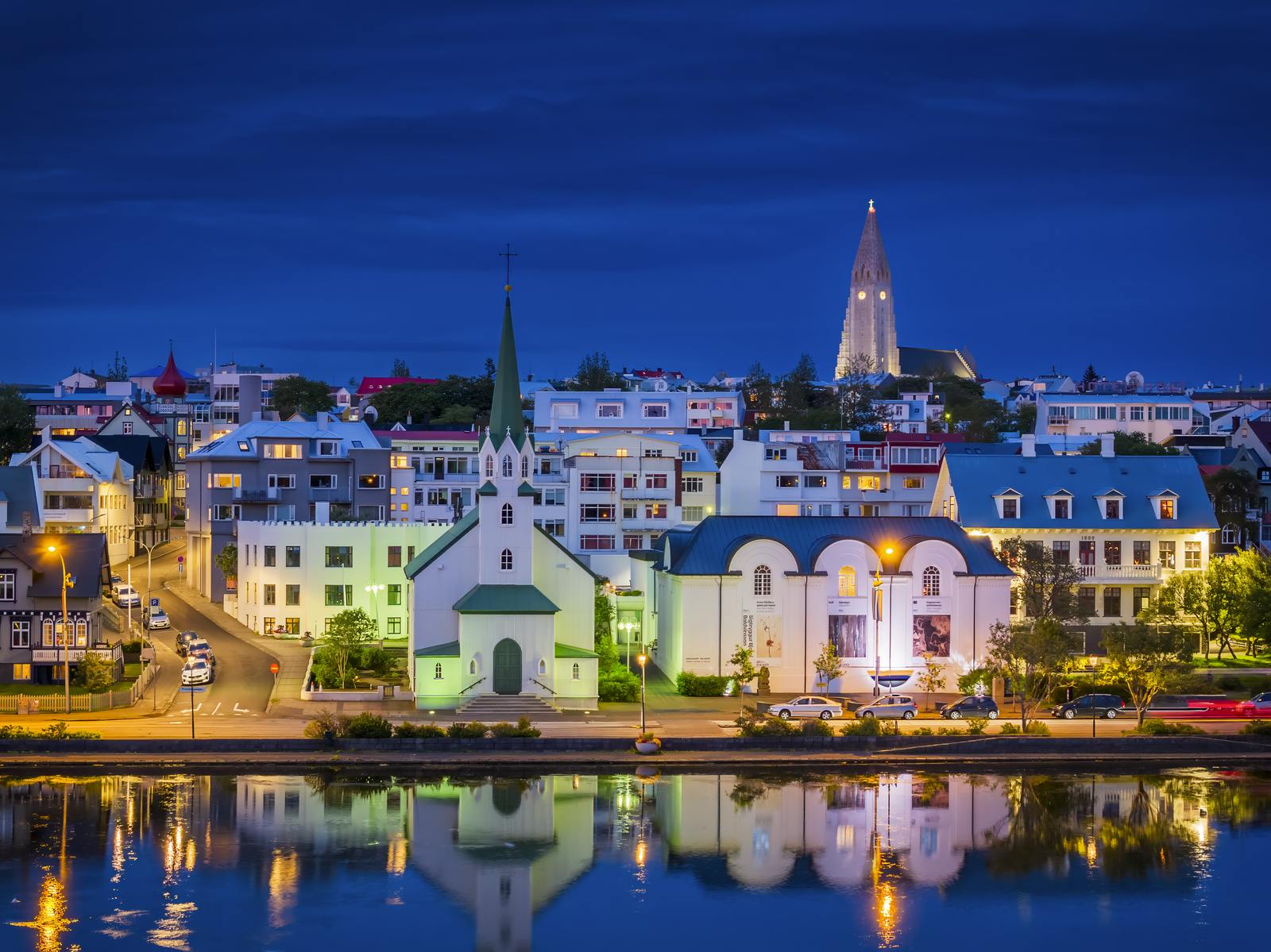
The White Wagtail
Spot the White Wagtail: It Arrives With the Merchant Ships
The white wagtail (Motacilla alba) is a delicate passerine bird of the Motacillidae family. There are 11 different species known in the world distributed all over Europe and a part of Asia. In Iceland, the white wagtail is found all around the country and breeds mostly in lowland areas.
To learn more about Icelandic nature and wildlife, visit the Perlan Museum in Reykjavík. Here, you can dive deeper into every aspect of what Iceland’s wonders have to offer. This interactive museum is a great experience for all ages, giving you a unique opportunity to experience Iceland in one place. Read more about the exhibitions Perlan Museum has to offer here.
Unveiling the Unique Features of the White Wagtail
The white wagtail is light grey on the back, but the forehead, chin and belly are white. The head, neck and chest are black. The long tail is black and white, and the bird wags it constantly when standing still, hence the English name „wagtail“. The sexes look alike, but the male has more distinguished colour separation, and its headhood is black but greyish on the female.
This small bird weighs about 0.7 oz, the length is about 7 in, and the wingspan is 10-12 in. The white wagtail is a good flyer. It flies in a wavelike style, where it holds the wings close to the body and dives towards the ground. Sometimes, it hangs in the air for a short period of time, like the Arctic Tern.

Stationary in Europe but Migratory in Iceland
The Icelandic white wagtail is a migratory bird that arrives in April-May. In the old days, it was considered to predict the arrival of merchant ships in spring as the birds often rested on ship decks on their long migratory journey. When the first white wagtails were spotted, the first merchant ships soon followed. The white wagtail leaves the country in early autumn and migrates to North-West Africa, where it spends the winter.
Breeding and Feeding
White wagtails secure a territory before nesting, which they proclaim by beautiful territorial singing. The female wraps a nesting basket in a sheltered hideout, often in rock crevices, dense scrubs or human habitats. The nest is insulated with wool and feathers. Clutch size is normally six eggs, white with dark spots that hatch in 15 days. Both parents incubate and care for the young, but unlike most passerines, only a single clutch is played per season.
The white wagtail is insectivorous and is known for its talent to hunt butterflies, beetles and other dipterans while flying. The bird is also known for its resourcefulness when feeding on the ground and is often spotted eating dead insects on car bumpers. Population size is estimated at 20-50 thousand breeding pairs.
Icelanders Respect the White Wagtail
In Icelandic, the white wagtail is called „Maríuerla“, a name that has its origin from the holy Mary. The white wagtail has other old names, such as „maríuatla“ and „friggjarerla“, but Frigg was the wife of Odin in Norse mythology. As the name implies, Icelanders have a deep respect for this beautiful bird, and it is often mentioned in Icelandic poetry.

Five Facts About the White Wagtail
- Most passerine birds nest at least twice each summer, but the white wagtail only once.
- The white wagtail often nests close to human habitat as there are plenty of flies and insects to feed on.
- In Icelandic legends, it was assumed that the white wagtail could not start egg-laying until it had inserted the hair of a virgin in the nest. In reality, the nest is often insulated with wool and horsehair.
- The average lifespan of white wagtails is about 11 years, but the oldest known became 13 years and eight months old.
- The white wagtail is Latvia's national bird.
Popular articles

Things To Do In Reykjavík In September
Discover the best things to do in Reykjavik in September, from film and folk festivals to kayaking and helping out with the sheep herding.

Updates on the Sundhnúkagígar Eruption in the Reykjanes Peninsula!
The current eruption in the Reykjanes Peninsula, is called Sundhnúkagígar Crater Row. See insights on the seismic activity and volcanic eruptions in the area!

Earthquakes in Iceland
Earthquakes in Iceland are a fact of life. Each year, thousands of small tremors shake the earth, a reminder of the country’s position on a tectonic plate boundary.

Volcano Museums and Exhibitions in Iceland
If you don't manage to visit an actively erupting volcano in Iceland - Experience its force at one of these excellent volcano museums and exhibitions in Iceland.

Top 10 Places To See the Northern Lights in Iceland
You can see the northern lights across the country, but some spots are more suitable than others. Find the best place to see the northern lights in Iceland.

Ice Caves From Reykjavik
Travel beyond the capital for a closer look at an ice cave under one of Iceland’s glaciers. If you can’t spare the time, experience Perlan’s ice cave in Reykjavik.